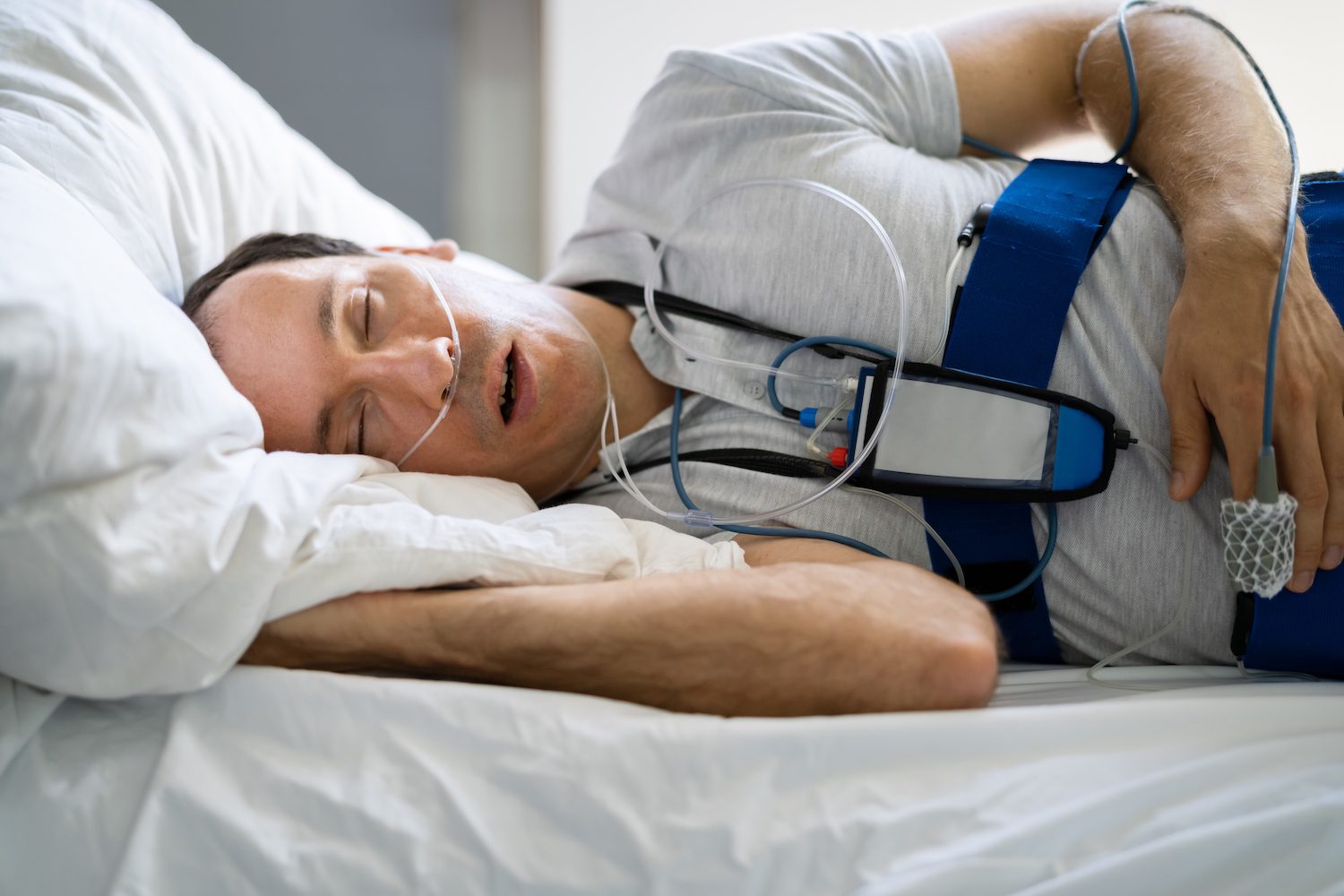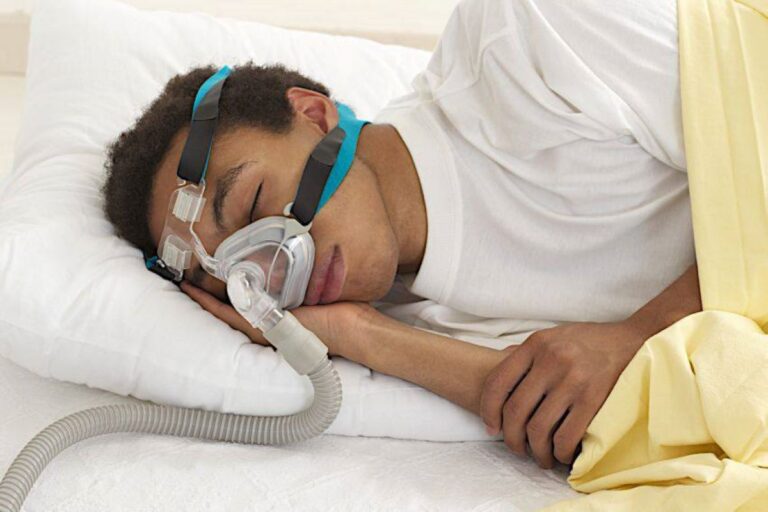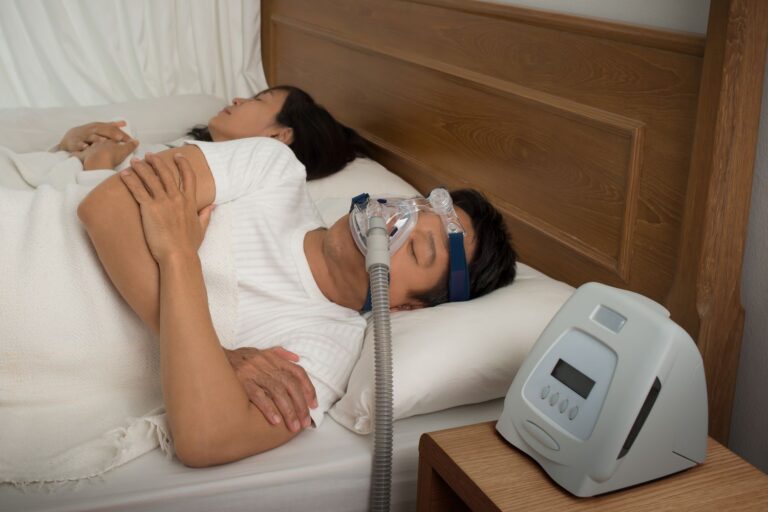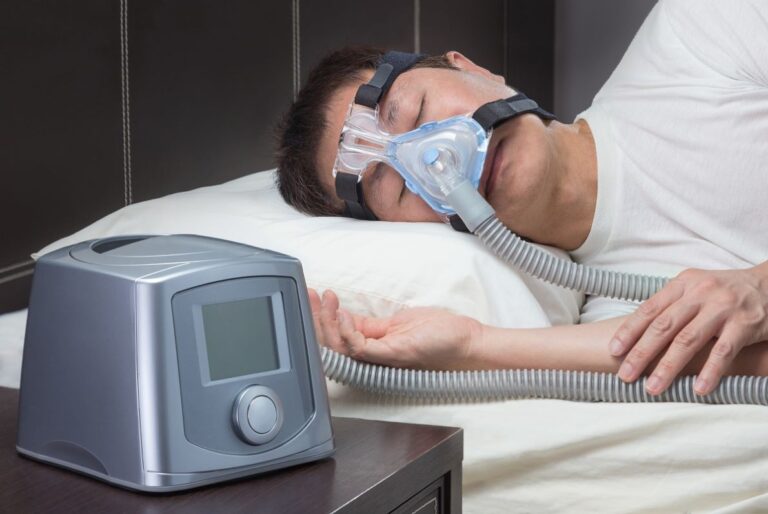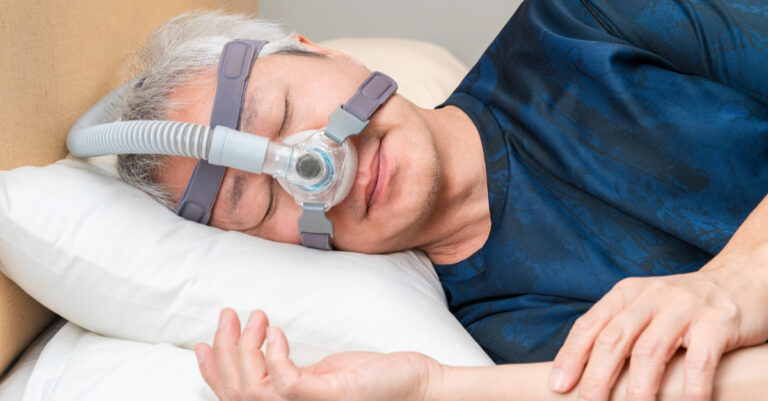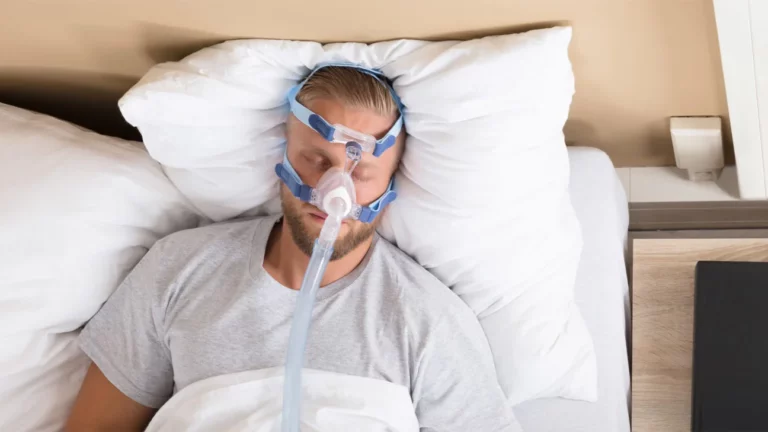Sleep is an essential component of our overall health and well-being. However, millions of people worldwide struggle with various sleep disorders that disrupt their rest and impact their daily lives. Understanding and diagnosing these disorders is the first step toward effective treatment and improved quality of life.
In this ultimate guide, we will delve deep into the world of sleep disorders tests, exploring their importance, types, procedures, and what you can expect during the diagnostic process. Whether you’re experiencing sleep issues yourself or seeking information for a loved one, this comprehensive guide will provide valuable insights to help you navigate the path to better sleep.
Understanding Sleep Disorders
Before exploring the different sleep disorders tests, it’s important to understand what sleep disorders are and how they affect individuals.
What Are Sleep Disorders?
Sleep disorders are conditions that impair the ability to sleep well on a regular basis. They can be caused by various factors, including stress, health problems, and lifestyle choices. Common sleep disorders include insomnia, sleep apnea, restless leg syndrome, narcolepsy, and circadian rhythm disorders. These conditions can lead to a range of health issues, such as fatigue, difficulty concentrating, mood disturbances, and increased risk of chronic diseases.
Why Are Sleep Disorders Tests Important?
Proper diagnosis of sleep disorders is crucial for effective treatment. Sleep disorders tests help healthcare professionals identify the specific type and severity of the disorder, enabling them to develop personalized treatment plans. Without accurate diagnosis, sleep problems may persist or worsen, leading to significant health and quality-of-life consequences.
Common Types of Sleep Disorders Tests
There are several types of sleep disorders tests available, each designed to diagnose different conditions. Understanding these tests can help you know what to expect and how to prepare.
Polysomnography (PSG)
What is Polysomnography?
Polysomnography is considered the gold standard for diagnosing various sleep disorders. This comprehensive overnight test monitors multiple body functions during sleep to provide detailed information about your sleep patterns and physiology.
What Does Polysomnography Measure?
During a PSG test, the following parameters are monitored:
- Brain activity (EEG): Measures electrical activity in the brain.
- Eye movements (EOG): Tracks eye movements to determine different sleep stages.
- Muscle activity (EMG): Monitors muscle tone and movements.
- Heart rate and rhythm (ECG): Records cardiac activity.
- Breathing patterns: Observes airflow, respiratory effort, and oxygen levels.
- Leg movements: Detects movements that may indicate restless leg syndrome.
When is Polysomnography Used?
Polysomnography is primarily used to diagnose conditions such as:
- Obstructive Sleep Apnea (OSA): A condition where breathing repeatedly stops and starts during sleep.
- Narcolepsy: Characterized by excessive daytime sleepiness and sudden sleep attacks.
- Parasomnias: Abnormal behaviors during sleep, such as sleepwalking or night terrors.
- Restless Leg Syndrome (RLS): An uncontrollable urge to move the legs, often accompanied by uncomfortable sensations.
What to Expect During the Test
Polysomnography is usually conducted in a sleep lab or center. You’ll be asked to arrive in the evening and stay overnight. Trained technicians will attach sensors to your scalp, face, chest, limbs, and fingers to monitor various parameters. Although the setup may feel unfamiliar, most people adapt quickly and are able to sleep adequately for the test. In the morning, the sensors are removed, and you can resume your normal activities.
Home Sleep Apnea Testing (HSAT)
What is Home Sleep Apnea Testing?
Home Sleep Apnea Testing is a convenient alternative to in-lab polysomnography for diagnosing obstructive sleep apnea. This sleep disorders test allows you to sleep in the comfort of your own home while collecting essential data needed for diagnosis.
What Does HSAT Measure?
HSAT typically measures:
- Breathing patterns and airflow
- Oxygen saturation levels
- Heart rate
- Respiratory effort
Some advanced HSAT devices may also record snoring intensity and body position.
When is HSAT Used?
HSAT is recommended for individuals with a high likelihood of moderate to severe obstructive sleep apnea and without significant comorbid conditions. It’s not suitable for diagnosing other sleep disorders beyond sleep apnea.
What to Expect During the Test
Your healthcare provider will provide you with a portable monitoring device along with instructions on how to set it up. The device usually includes sensors that you attach to your finger, chest, and nasal area before going to sleep. The next morning, you’ll return the device, and the collected data will be analyzed by specialists to determine if sleep apnea is present.
Multiple Sleep Latency Test (MSLT)
What is Multiple Sleep Latency Test?
The Multiple Sleep Latency Test measures how quickly you fall asleep in a quiet environment during the day. It’s primarily used to assess excessive daytime sleepiness and diagnose conditions like narcolepsy.
What Does MSLT Measure?
MSLT assesses:
- Sleep onset latency: The time it takes for you to transition from wakefulness to sleep.
- Sleep stages: Identifies which sleep stages you enter during naps, particularly rapid eye movement (REM) sleep.
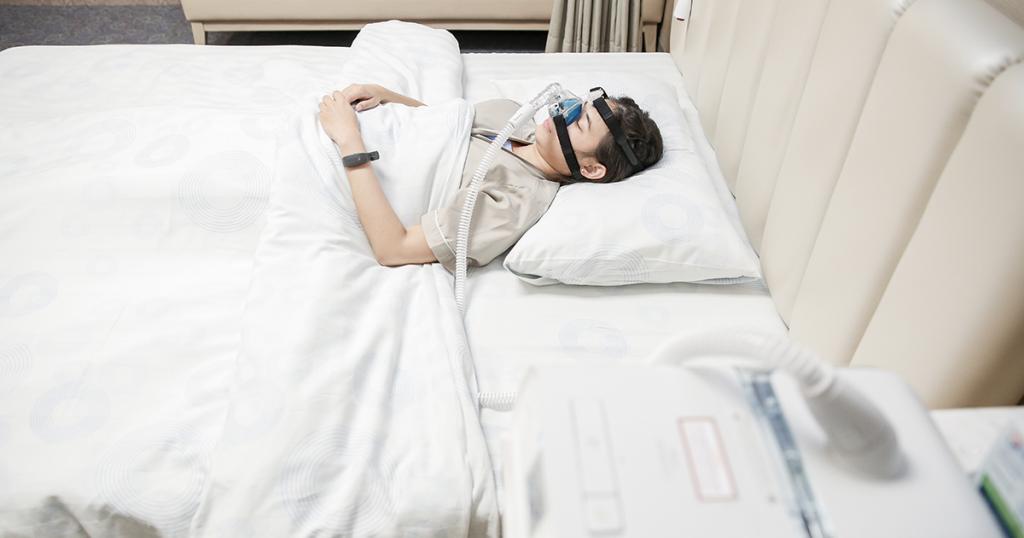
When is MSLT Used?
This sleep disorders test is often conducted following an overnight polysomnography and is used to diagnose:
- Narcolepsy
- Idiopathic Hypersomnia: Excessive daytime sleepiness without other identifiable causes.
What to Expect During the Test
MSLT involves a series of five nap opportunities scheduled two hours apart throughout the day. During each session, sensors monitor your brain activity, eye movements, and muscle activity to determine how quickly and deeply you fall asleep. You’ll be instructed to try to fall asleep, and each nap session lasts about 20 minutes.
Maintenance of Wakefulness Test (MWT)
What is Maintenance of Wakefulness Test?
The Maintenance of Wakefulness Test evaluates your ability to stay awake in a conducive environment. It’s often used to assess the effectiveness of treatment for sleep disorders or to determine if an individual can safely perform tasks such as driving.
What Does MWT Measure?
MWT measures:
- Wakefulness duration: How long you can stay awake during each test session.
- Alertness levels: Assesses overall daytime alertness and functioning.
When is MWT Used?
This test is used for:
- Assessing treatment efficacy: Ensuring that sleep apnea or narcolepsy treatments are effective.
- Occupational evaluations: Determining fitness for duty in safety-sensitive jobs.
- Clinical research: Studying sleepiness and alertness patterns.
What to Expect During the Test
Similar to MSLT, MWT consists of several sessions throughout the day. In each session, you’ll be asked to sit comfortably in a quiet, dimly lit room and try to stay awake for a specified period, usually around 40 minutes. Sensors monitor your brain and eye activity to detect any signs of sleep onset.
Actigraphy
What is Actigraphy?
Actigraphy involves wearing a small, wristwatch-like device called an actigraphy that monitors movement over extended periods, typically one to two weeks. This sleep disorders test helps assess sleep patterns and circadian rhythm disorders.
What Does Actigraphy Measure?
Actigraphy records:
- Sleep-wake cycles: Patterns of sleep and wakefulness over time.
- Movement activity: Levels of physical activity during day and night.
- Sleep duration and efficiency: Estimates total sleep time and quality.
When is Actigraphy Used?
Actigraphy is useful for diagnosing:
- Insomnia
- Circadian Rhythm Sleep Disorders: Such as delayed sleep phase syndrome.
- Monitoring treatment progress: Evaluating the effectiveness of sleep interventions over time.
What to Expect During the Test
You’ll be instructed to wear the actigraph device continuously for the prescribed period, removing it only for activities like bathing. You may also be asked to keep a sleep diary to complement the data collected by the device. After the monitoring period, the device is returned, and the data is analyzed to assess your sleep patterns.
Preparing for a Sleep Disorders Test
Proper preparation can help ensure accurate results and a smooth testing experience. Here are some general tips to follow before undergoing any sleep disorders test:
- Discuss medications: Inform your healthcare provider about all medications and supplements you’re taking, as some can affect sleep patterns.
- Avoid caffeine and alcohol: Refrain from consuming caffeine or alcohol for at least 24 hours before the test.
- Follow routine sleep schedule: Maintain your regular sleep schedule in the days leading up to the test.
- Bring comfort items: For in-lab tests, consider bringing items that help you relax, such as a favorite pillow or book.
- Follow specific instructions: Adhere to any additional guidelines provided by your healthcare team for your specific test.
Interpreting Test Results and Next Steps
After completing a sleep disorders test, your healthcare provider will review and interpret the results to diagnose any underlying conditions.
Understanding Your Results
The results will provide detailed information about your sleep patterns, including any abnormalities or disruptions. Your provider will explain the findings in understandable terms and answer any questions you may have.
Developing a Treatment Plan
Based on the diagnosis, a personalized treatment plan will be developed to address your specific sleep disorder. Treatment options may include:
- Lifestyle modifications: Such as improving sleep hygiene, diet changes, and exercise.
- Medical interventions: Including Continuous Positive Airway Pressure (CPAP) therapy for sleep apnea or medications for conditions like narcolepsy.
- Behavioral therapies: Such as Cognitive Behavioral Therapy for Insomnia (CBT-I).
- Surgical procedures: In certain cases of obstructive sleep apnea, surgical interventions may be recommended.
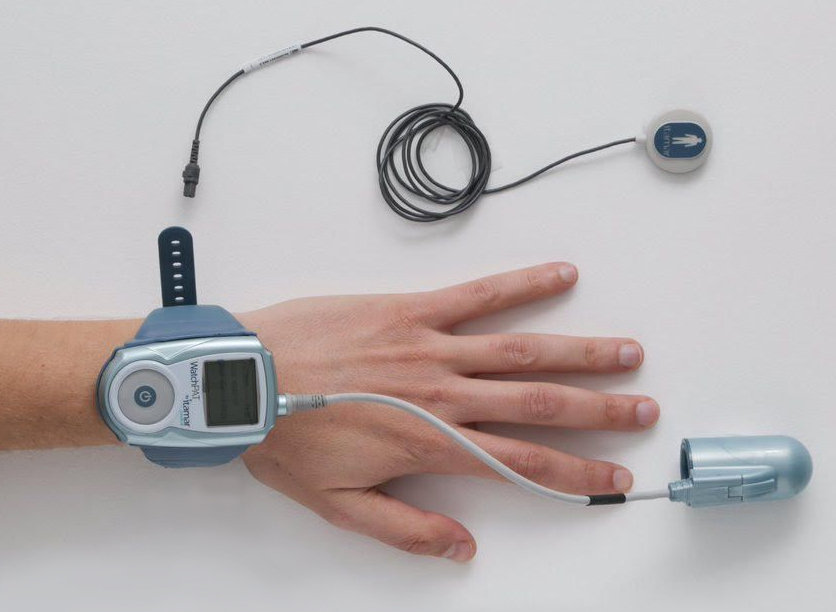
Follow-Up and Ongoing Care
Effective management of sleep disorders often requires ongoing monitoring and adjustments to treatment plans. Regular follow-up appointments will help ensure that treatments are working and make necessary modifications for optimal results.
Conclusion
Sleep disorders can significantly impact your health, mood, and daily functioning. Fortunately, with the wide array of sleep disorders tests available today, accurate diagnosis and effective treatment are within reach. By understanding these tests and what they entail, you can take proactive steps toward achieving better sleep and enhancing your overall quality of life.
If you suspect you may be suffering from a sleep disorder, consult with a healthcare professional to discuss your symptoms and determine the appropriate testing and treatment options. Remember, quality sleep is not a luxury—it’s a necessity for a healthy and fulfilling life.
See Also: Natural sleep solutions for sleep Apnea: a comprehensive guide.

